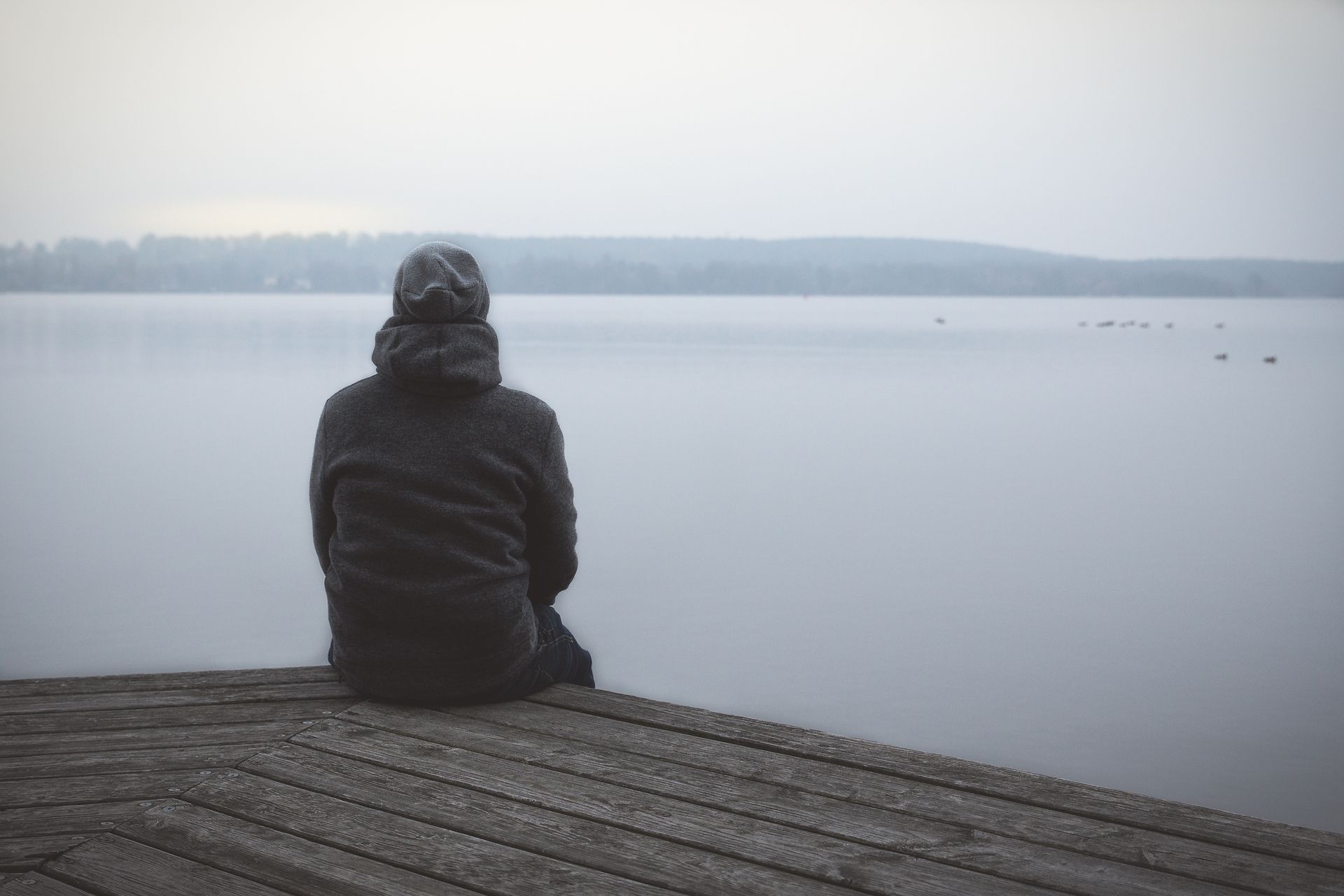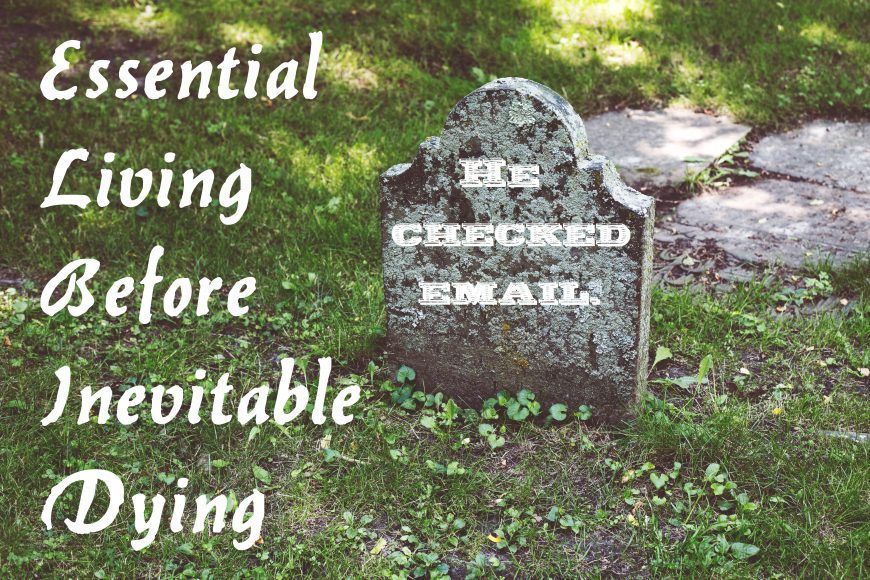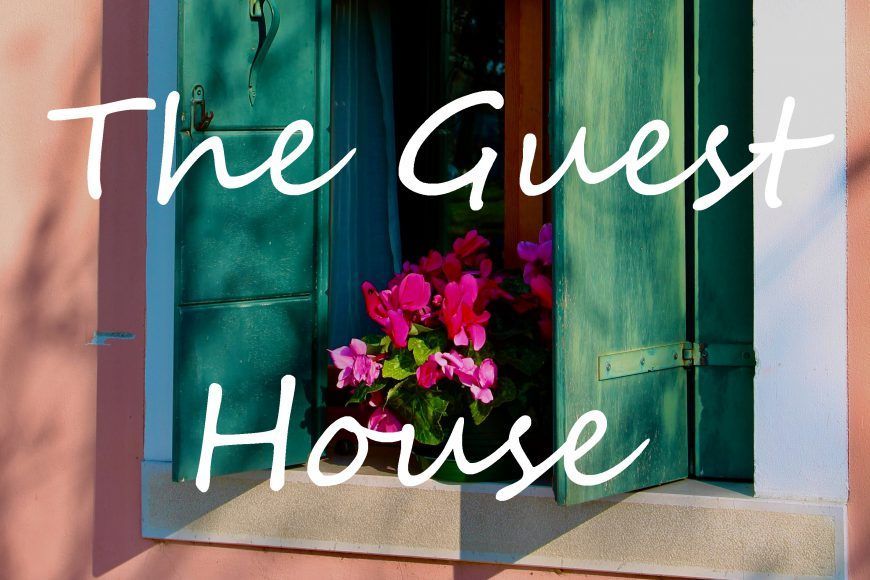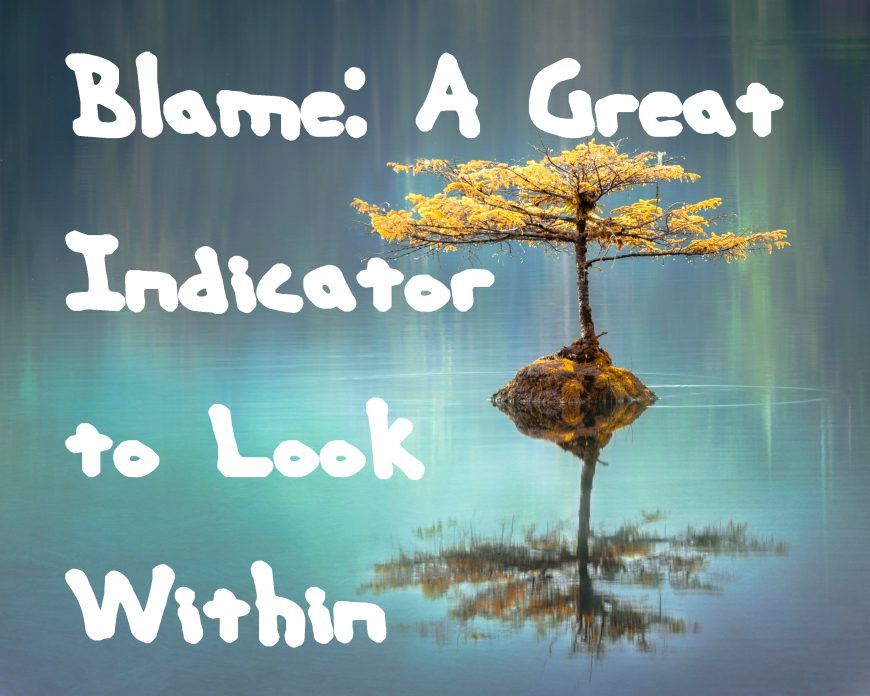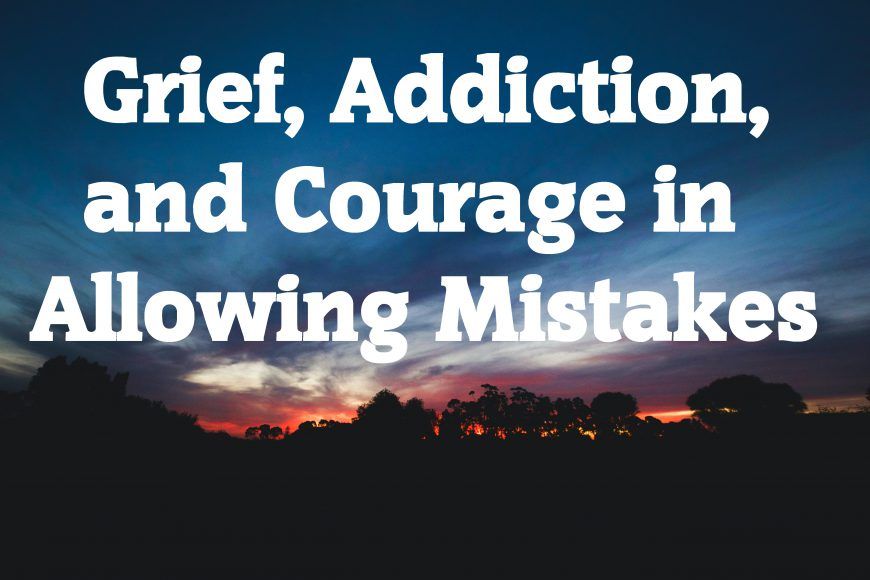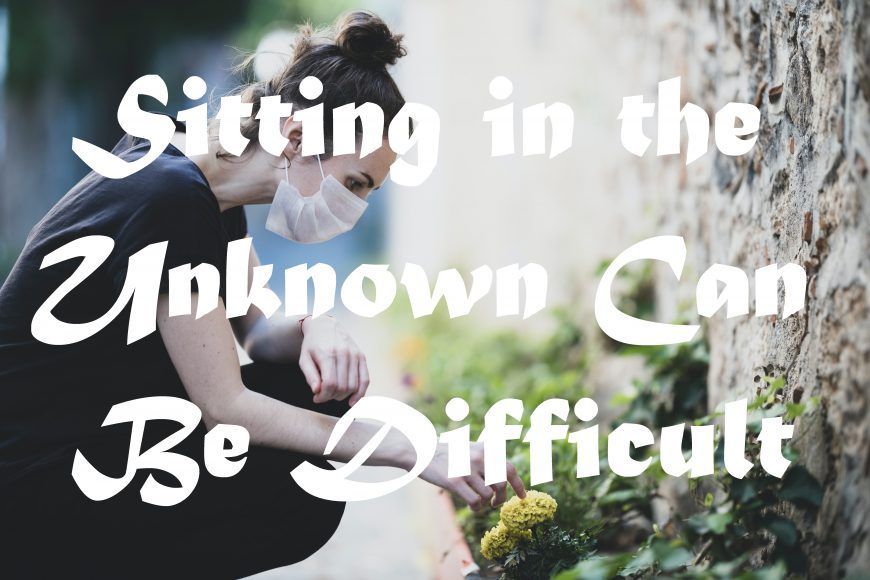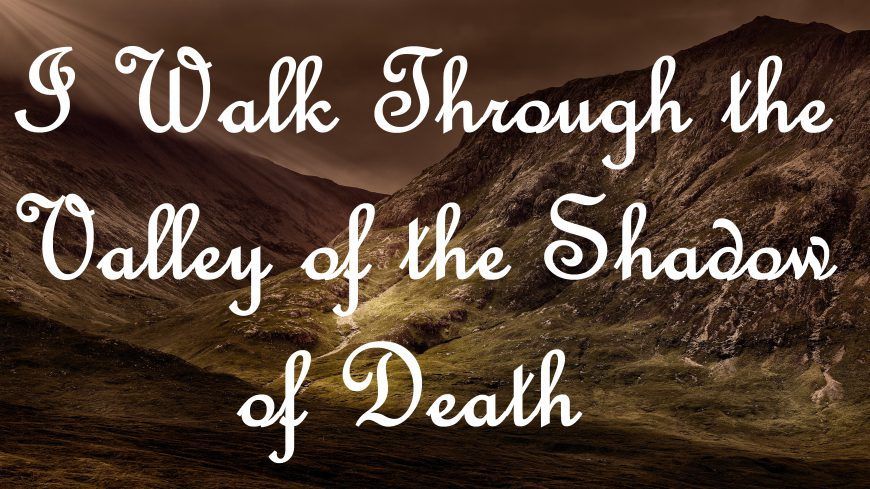Día de los Muertos (Day of the Dead)
Includes 30-minute Dia de los Muertos play and three educational modules: student study guide, instrument walk-through, and guide to making an ofrenda (altar). Click here to be taken to this exciting and educational event!
History of Dia de los Muertos
The Day of the Dead is a long-standing Mexican celebration originating in the pre-Hispanic era; it pays tribute to death during the last week of October and the first days of November. Death was recognized as the beginning of the journey to Mictlán, the underworld of Aztec mythology, where the deceased would gather with the god and goddess of death, Mictlantecuhtli and Mictecacíhuatl. Once the recently dead gathered with the gods in Mictlán, they had to make an offering in order to achieve eternal rest.
When the Spanish colonized Mexico (known then as New Spain), the Day of the Dead celebration was modified in order to evangelize the indigenous people of the land. Now, Catholics celebrate the first and second day of November as All Saints Day (for the spirits of deceased children) and All Souls Day (for the spirits of deceased adults).
For both ancient indigenous and modern Mexicans, death is seen as a transcendence of life and is recognized through various Day of the Dead rituals.
Celebration
Altar ofrendas , or offerings, are made. An offering is a pre-Hispanic Mexican tradition meant to honor and maintain ties with the deceased, who no longer inhabit the land of the living but now take shape in the gifts of the altar. Altar ofrendas may include any of the following:
- Candles, to help guide deceased loved ones toward the light
- Cempasuchil, or marigold flowers, used for their aroma and to make deceased loved ones feel welcome
- Water, symbolizing the fountain of life
- Salt, a purifying element
- Incense, to keep away bad spirits
- Calaveritas de azúcar, or sugar skulls, which represent the beautiful lives of d eparted loved ones
- Liquor, believed to immortalize the dead
- An ash cross, signifying the verse from Genesis 3:19: dust you are and to dust you s hall return
- Personal objects belonging to the deceased
- Foods, breads, beverages, and Mexican candy that the departed loved one enjoyed
Nowadays, most altars are made of two levels, which portray Earth and Heaven, but some altars contain three levels, the third alluding to the Holy Spirit. Others include seven levels, representing the number of levels the soul must go through in order to achieve eternal rest.
Visiting deceased loved ones in their cemeteries is another traditional Day of the Dead activity. Gathering friends and family at gravesites allows for cleaning and fixing the tombs, decorating them with flowers, and remembering loved ones who’ve died.
In 2008, Mexico’s Day of the Dead was named by UNESCO as part of the Intangible Cultural Heritage of Humanity.
(en Español)
Historia
El día de Muertos como celebración se origina en la era prehispánica con los mexicas; se rendía tributo a la muerte durante la última semana de octubre y los primeros días de noviembre. La muerte se reconocía como el inicio del viaje al lugar de los muertos, denominado Mictlán, hasta llegar con el dios y la diosa de los muertos (Mictlantechutli y Mictecacíhuatl). Al llegar con los dioses se les hacía una ofrenda para poder conseguir el descanso eterno.
Al llegar los españoles para colonizar lo que fue la Nueva España, la tradición se modificó para poder evangelizar a los diversos pueblos indígenas. En el catolicismo, se celebra el 1 y 2 de noviembre el día de Todos los Santos (las ánimas de los niños) y el día de los Fieles Difuntos (las ánimas de los adultos), o día de los muertos, respectivamente.
Celebración
Se colocan ofrendas y un altar de muertos.
Ofrendas
“ La ofrenda es la manifestación de las ideas de los antiguos mexicanos sobre la permanencia de los lazos que se mantenían con los difuntos, los que no abandonan del todo este plano y conviven con los vivos. Para los antiguos pueblos indígenas de México, y hasta ahora, la muerte es vida y trascendencia que se traduce en rituales como las ofrendas de día de muertos.”
Altar de muertos
Se adorna con papel picado, comida, bebida, dulces típicos mexicanos, pan de muerte y las imágenes de nuestros seres queridos difuntos. Se colocan veladoras y flores de cempasúchil las cuales indican que nuestros seres queridos son bienvenidos. Estos son algunos de los elementos que se colocan en el altar
- Agua -> fuente de vida
- Sal -> elemento purificador
- Veladoras -> luz de guía
- Incienso -> limpia el lugar de los malos espíritus
- Flores (cempasúchil) -> camino que guía al difunto; se utilizan también por aroma y mera decoración
- Pan de muerto
- Retrato del difunto
- Calaveras de azúcar
- Licor
- Papel Picado
- Cruz de ceniza
- Objetos personales que caracterizan al difunto al igual que su comida preferida
Hoy en día el altar más común es armado con dos niveles, los cuales representan el cielo y la tierra, pero se pueden armar altares de tres (que hace alusión a la Santísima Trinidad) y hasta siete niveles (niveles que debe de atravesar el alma para alcanzar su descanso espiritual).
La visita a los panteones
“Visitar a nuestros difuntos en los panteones, es también una de las actividades más tradicionales de Día de Muertos. El propósito es poder limpiar las tumbas, arreglarlas y ponerles flores a nuestros difuntos.”
Tradición catalogada como “Patrimonio Cultural Inmaterial de la Humanidad” por la UNESCO en 2008.
https://descubreteviajando.com/como-se-celebra-el-dia-de-muertos-en-mexico/
https://culturacolectiva.com/historia/la-ofrenda-de-dia-de-muertos-un-ritual-de-la-memoria
https://culturacolectiva.com/historia/dia-de-muertos-origen-de-la-tradicion-y-como-celebrarla
https://culturacolectiva.com/historia/la-ofrenda-de-dia-de-muertos-un-ritual-de-la-memoria
